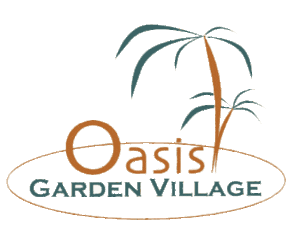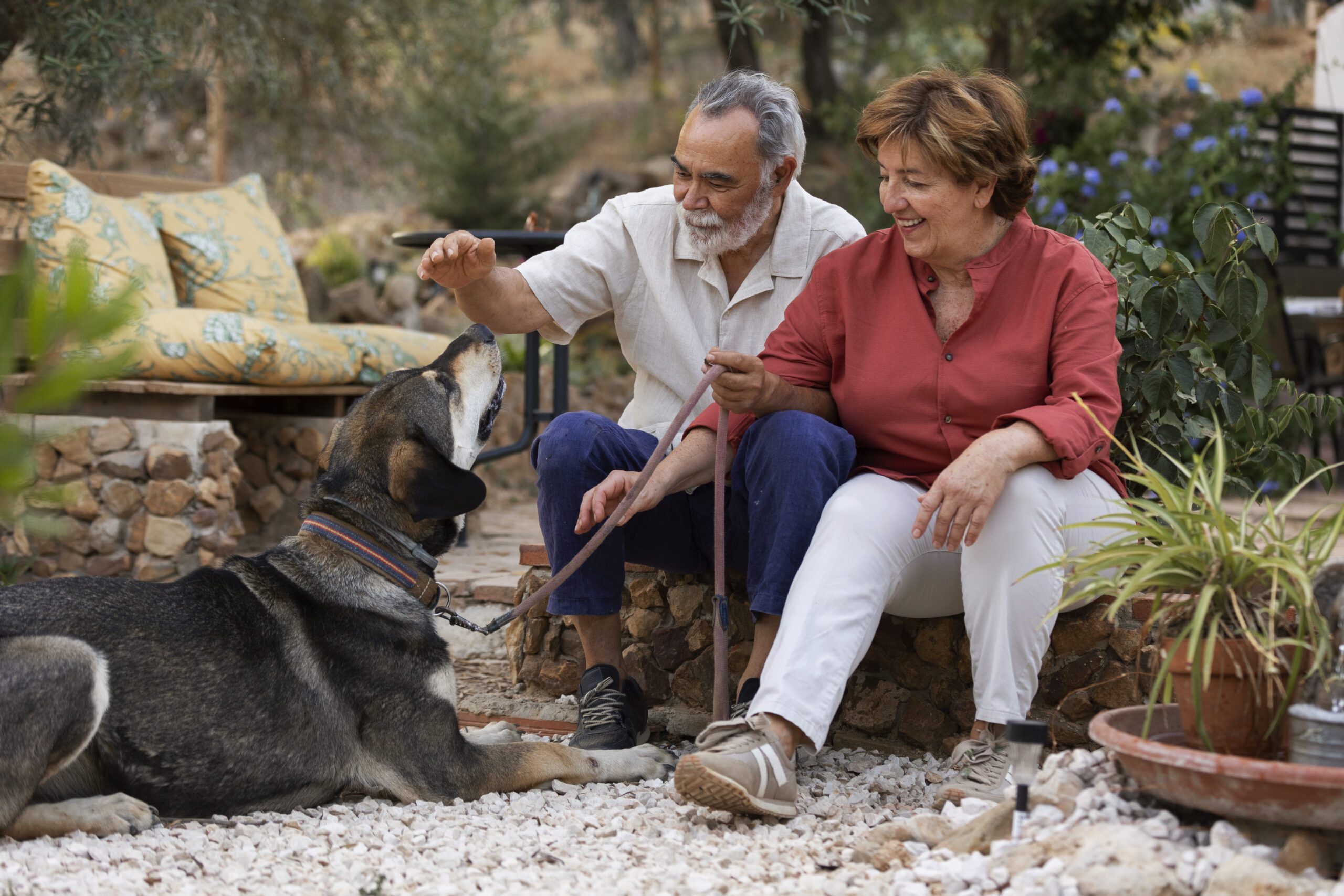If you are in your retirement period, then you’ve reached a significant milestone in life, as it marks the transition from the hustle and bustle of a career to a more relaxed pace. As people reach this stage, the idea of downsizing and embracing a sense of community within a retirement village becomes increasingly appealing. But what exactly is retirement village living is all about, and how can one prepare for this new chapter? In this article, we’ll explore everything you need to know about retirement village living, from choosing the right village to settling in and embracing a fulfilled lifestyle.
Retirement Villages
It’s a misconception that retirement villages are like institutional set-up that leave you unattended, but that’s not the reality. Retirement villages are among the most welcoming residential communities, specifically designed for older adults who are looking to downsize and enjoy a more relaxed lifestyle. These communities typically offer a range of housing options, from independent living units to assisted living facilities. This diverse range of accommodations ensures that retirees can find a living arrangement that suits their individual preferences and requirements.
At What Age Can You Start living in Retirement Villages?
Usually, the minimum age to settle into a retirement village is around 55 years old. However, the age of entry can vary at some residential communities. On average, residents are typically in their seventies to early eighties upon moving in.
In a retirement village, your friends and family are encouraged to visit and even stay over for a while, although permanent residency for them is not permitted. And the best part is, in most villages, your pets are also warmly welcomed! After all, it is your own home!
If you have any dependents requiring live-in care, exceptions may be considered in certain circumstances. However, it’s crucial to discuss such arrangements with the retirement village operator and reach a mutual agreement before your move-in date.
Types of Retirement Villages
While there are multiple retirement village options available, you’ll always have the freedom to make choices according to your preferences.
Serviced Apartments
Let’s start with the simplest option: serviced apartments. These are independent living spaces that come with convenient services such as cleaning, meals, and a bit of extra care support if needed.
These apartments are cozy, usually with just one bedroom or a studio setup. The kitchen is perfect for prepping light meals, but you’ll often find main meals served in a communal dining area.
Rental Villages
Next option you have is the rental villages as it is tailor-made for older retirees, typically starting from 60 years old and extending well into their eighties.
Here in Australia, there are two types of rental villages. First up, there’s the traditional retirement village where the operators provide various units within the community for rent. Then, there’s the single-purpose rental village. It’s like a gated community with around 50 single bedrooms or studio units, complete with a charming community dining room.
Co-Located Villages
Let’s explore one more option: co-located villages. One plus point to this type of living space is that they either have an attached aged care home (nursing home) or located on the same campus.
As retirement villages transition from resort-style living to more supported housing, the idea of having an aged care home connected to the village is becoming more appealing.
Choosing the Right Retirement Village
Location
When choosing a retirement village, location is key. Consider factors such as:
- Close proximity to family and friends, providing essential support and companionship.
- Accessibility to healthcare services, ensuring prompt medical attention when needed.
- Overall ambiance of the surrounding neighbourhood, prioritising safety, and security.
Amenities and Facilities
Retirement villages differ in the amenities and facilities they offer. While some provide on-site healthcare services, others may offer extensive recreational amenities such as golf courses or tennis courts. It’s essential to evaluate your priorities and select a village that matches your lifestyle preferences.
Lifestyle and Activities
Retirement villages often organise a wide range of activities and events to keep residents engaged and entertained. Whether it’s fitness classes, hobby groups, or cultural outings, there is something enjoyable for everyone to participate in.
Financial Considerations
Entry Fees
The entry fee is the initial payment you make to live in your home within a retirement village. The entry fee can vary depending on factors such as location, size, style, amenities, and the type of accommodation. Unlike typical property transactions, you won’t pay stamp duty on your new home, resulting in significant cost savings upon entry.
Ongoing Fees
Residents typically pay ongoing fees to cover services including water rates, building insurance, home and garden maintenance, and support staff like the Village Manager. And what’s not covered by the service includes electricity, gas, and personal costs like telephone and internet.
Any increase in the fee cannot exceed the Consumer Price Index without the approval of village residents. To provide further peace of mind, the service fees undergo annual audits by an independent party.
Budgeting Your Living
Now that you have an idea on the fees involved, before committing to a retirement village, it’s crucial to carefully assess your financial situation and create a realistic budget. Consider factors such as your retirement savings, income sources, and potential healthcare costs to ensure that you can comfortably afford retirement village living.
How to Get into Retirement Village
Moving into a retirement is more like buying a home, unlike those lengthy waitlists often seen in aged care facilities. Each retirement community may have its specific process, so it’s essential to inquire about the steps involved when exploring potential options.
Visit and Explore: To begin with the process, schedule an appointment to visit the retirement village. During your visit, make use of the time to take a tour, check out the available homes, and have a chat with the Sales Consultant and Village Manager to learn about pricing, amenities, and the community atmosphere.
Secure Your Home: Once you’ve found your perfect match, it’s time to secure your new home by placing a deposit. The deposit is usually refundable within a specific cooling-off period if you change your mind.
Review Contract: The next step is that you’ll be receiving the contract in hand. Carefully review the contract provided by the retirement village and ensure that it outlines all fees, obligations, and rights associated with purchasing, residing in, and leaving the village. This provides clarity on the entire process – from purchasing to residency and beyond.
Seek Legal Advice: Upon receiving the contract, it is recommended to seek independent legal and financial advice. Moreover, discuss the contract with your family to ensure everyone understands the rights and responsibilities.
Sign Agreement: Once you are satisfied with the terms of the contract, have received appropriate advice, and signed the agreement, prepare yourself to officially begin your journey into your new home at the village of your choice.
Perks of Living in a Retirement Village
New Connections
One of the greatest perks of living in a retirement village is the chance to make new friendships and connections. Engage in community events, participate in clubs, and interest groups, and take the initiative to connect with your neighbours.
Reduces Isolation
By living in a retirement village, seniors can combat feelings of loneliness and isolation that may arise from living alone. Regular social interactions with fellow residents can foster a sense of belonging and purpose.
Supportive Environment
In retirement villages, there is a warm atmosphere of inclusivity and support, where neighbours always have each other’s backs and lend a helping hand whenever it’s needed. This helps build a close-knit community where residents feel united and connected.
Making the Most of Retirement
Retirement village living is about more than just housing – it’s about embracing a new lifestyle and making the most of every moment. Take advantage of the opportunities for growth, connection, and enrichment that retirement village living affords.
It’s also about being an active and engaged member of a vibrant community. Whether you are participating in social events, volunteering your time, or advocating for positive change, your contributions help create a welcoming and supportive environment for all residents.
Conclusion
Retirement village living offers a unique blend of independence, community, and support, making it an appealing option for many retirees. By carefully considering your options, planning for the future, and actively engaging in village life, you can make the most of this exciting new chapter and enjoy a fulfilling retirement.
At Oasis Garden Village, we are committed to delivering outstanding resident care and services in our retirement villages. Our aim is to cultivate vibrant and supportive communities where seniors can flourish in their later years. We strive to provide each resident with a fulfilling and enriching lifestyle, offering access to excellent amenities, personalised care, and a welcoming atmosphere. With a dedication to promoting independence, wellness, and social interaction, we aim to surpass the expectations of our residents and their families while upholding the highest standards of quality and compassion.


